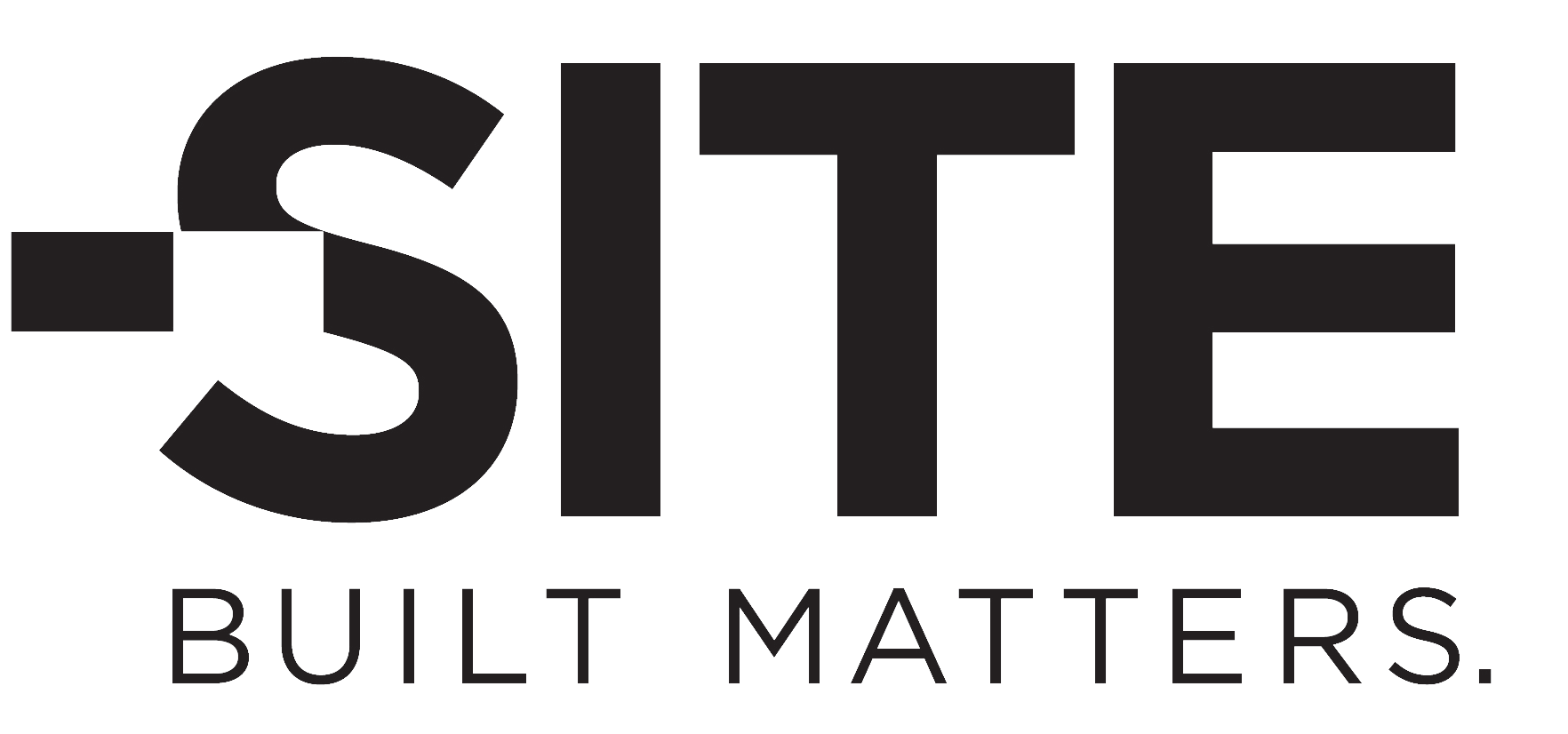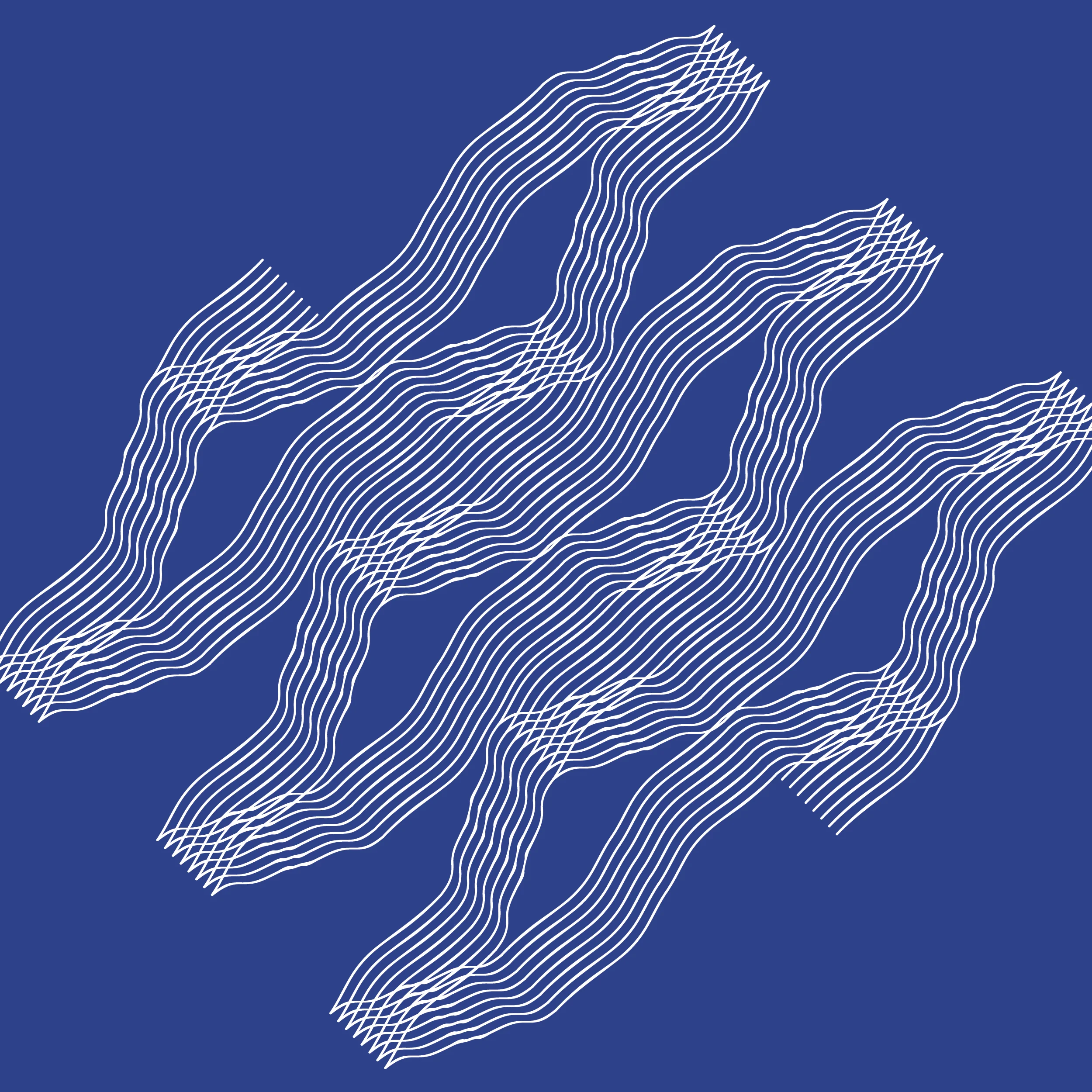parallel

By Lawrence Bird
“…every border is technical, a border is never natural.”
Contemporary digital geographical visualization tools allow for unprecedented accessibility to images of Earth and the built environment. These amalgams of technology and sight seem, at one level, to be realizations of the Enlightenment promise of a complete, perfect, and transparent map of the world. With increasingly precise navigation and mapping systems refined during the last three centuries, the map casts a net over the planet; in principle, no part of geographic reality can escape it. Yet, as a growing number of artists have shown, representational digital mapping products (as, for example, Google Earth) present a much more complex and deeply ambivalent space than promised. Where we might anticipate a perfect and systematic image, closer examination reveals a representation shot through with contradictions and ruptures.
This condition is the subject of the media project parallel, which explores 2000 km of the US/Canada border between the Strait of Georgia and Lake of the Woods—a body of water occupying portions of the provinces of Ontario, Manitoba and the state of Minnesota. The project uses readily-available, high-resolution satellite imagery (via Google Earth) to capture and record sequences of still images that are then encoded as video for projection and screening. The intent is to expose the seams and anomalies in this ostensibly seamless and perfect image of Earth and to explore our treatment of the land, the image of land, and the resistance of both to technological manipulation.
If one follows parallel’s slow pan along the border long enough, digital anomalies in the image become apparent. The pixelated and fabricated images seem to form landscapes in their own right, with their own boundaries, topography, areas of density and intensity. While the boundaries between images never equate to the political border, they often run parallel to it. In fact, the divide between images is more visible than the border itself, which is expressed physically for the most part through agricultural fences and boundaries. The border appears, disappears, is replaced and displaced by both geographical features and media artifacts: blurring, double exposures, seams between satellite tiles, images shot in different seasons or weather conditions. Why do these remain, and along such a precisely prescribed path, given their context: an advanced system of imaging capable of producing complete and precise representations of the Earth?
In his Technics and Time series, French Philosopher Bernard Stiegler has argued that efforts to record and orthographically mark and reflect our world are bound to fail. For Stiegler, the way we represent, record, and demarcate is an extension of ourselves; the way we act in and upon the world inherently involves delay and deferral, producing a condition of différance. Modern efforts to technologically systematize knowledge and representation are subject to the same condition, as were our earlier attempts to do so through writing and image-making. We might sense this in our own experiences with technology and its limits of speed and capacity: communication feeds breaking down, images and audio fragmenting into noise, from which we might seek to piece together or invent an elusive, indeterminate meaning. For Stiegler, orthography begets distortion and (dis)orientation; the straight line generates the bent. This is one way to look at parallel, as it explores the contradictory and ambiguous spaces discovered as we pursue (what at first appears to be) a single, unequivocal line: the 49th parallel of latitude.
The 49th parallel was chosen as the border through a series of negotiations between the United States and the United Kingdom following the Louisiana Purchase of 1808. The border was demarcated in several surveys culminating in the 1880s, during a period of colonial expansion (and exploitation) by European powers. Following the International Meridian Conference of 1884, the global system of latitude and longitude was standardized through the adoption of the Greenwich Prime Meridian. Prior to 1884 any European power with scientific or political ambitions had its own Prime Meridian. The internationalized system of latitude and longitude was a vast modern infrastructure for marking out space and time; it contributed to a division of the world which was at once epistemological, technical, and political. It was also a framework for producing images of the planet that have become ostensibly more perfect over time and through the use of new technologies.
This line of latitude was always an arbitrary boundary: it was chosen as a manageable substitute for the border as originally conceived, the watershed between the Missouri/Mississippi river basins and Hudson Bay. But even that simplified border could not be precisely pinned down. When the parallel was laid out between the Pacific and Lake of the Woods in the late 19th century, cumulative surveying errors led to the border monuments straying up to hundreds of feet from the 49th parallel. Subsequent treaties defined the border as the wavering line demarcated by these (inaccurate) monuments, rather than the parallel itself. In the evolving iterations of parallel, the path of the camera kinks imperceptibly to more precisely follow the original surveying errors which define today’s political border
Rather than becoming more resolved with time, today the arbitrariness and indeterminacy of the parallel have been exacerbated further by the shifting of the Greenwich Prime Meridian 5.3 arcseconds eastward to the International Reference Meridian (IRM); this shift amounts to about 100 m at the 49th parallel. The IRM is maintained by the International Earth Rotation and Reference Systems Service; it forms the basis of the Global Positioning System operated by the United States Department of Defense, widely used for civilian navigation. If this meridian and the lines of latitude and longitude set out from it were ever considered fixed relative to the Earth’s surface, they are no longer so: the planet’s tectonic plates move ceaselessly under them. Instead the IRM is space-based, defined as the weighted average of hundreds of reference meridians running through Earth-based stations and communicated through several dozen Global Positioning Satellites. Derived from this system, the 49th parallel is now fluid, having no fixed relation to any point on Earth, nor to the reality of the political border. The IRM and GPS frameworks, and their ambiguous delineations, are the basis on which Google Earth’s machinery composites the satellite imagery captured in parallel.
If parallel moves smoothly through space, it meanders through time. Google Earth and others are not just databases of current satellite tiles. They are also archives of historical images of the Earth dating back to the 1990s; they reveal the unevenness of the data acquired at specific points in the past. Gathering images from the early 2000s for example, there is an obvious asymmetry between the imagery on the American side of the border—highly defined—and the Canadian side—highly pixelated, if present at all. And the temporal dimension of this phenomenon seems integral to even the most recently collected imagery. Satellite images are not captured simultaneously. They are gathered by a space-based camera moving along a path above the surface of the Earth, and are recorded in sequence before being composed as tiles into a single image of the world. The border between two satellite tiles thus represents a seam in time rather than merely space. Different moments in one day are juxtaposed between separate images. Different seasons coexist. The anomalies laid bare by the camera frequently stem from the splicing of different times in one space.
Stiegler identifies the characteristic manifestation of the emergence of disorientation out of orthography as the temporal object. Today, temporal objects are the products of industrialized mnemonic systems—the archives and databanks that make up for the limitations of our own biological memory. According to Stiegler, such objects have a tendency to take a specific form of expression: the visual and spatial. In this regard, Google Earth (and systems like it) may be perceived as temporal objects. They display memories of space recorded, stored and processed by an immense archive within a visual and spatial field. It is this space through which parallel moves. For Stiegler, and parallel and the history of the 49th parallel bear this out, such temporal objects present not a precise record but a broken, and thus poetically and imaginatively open, condition. In this condition ruptures are provoked by political and technological errors and inconsistencies, failures and blind spots.
Rather than just representations of the Earth, the images revealed here start to become Worlds of their own. As anomalies in an allegedly precise map of the world, they invite interpretation and speculation; they raise questions about the political and epistemological act of dividing the world. By pursuing a simple trajectory, parallel traverses a complex geography of politics, technology and time. More than latitude and border, the exploration of a line reveals parallels between political, technical, and visual territories, between political and optical regimes. In this light, a border, even one as simple as line of latitude, is never neutral or natural; It is a complex chiasm (1) in which discrepant but parallel worlds are juxtaposed and fused to form new, alternative landscapes.
I have explored these ideas and observations in a series of artworks beginning with parallel. Video excerpts of parallel can be seen at https://vimeo.com/lawrencebird/parallelexcerpts. The present paper includes still images captured separately but along the trajectory of parallel. A similar exploration of these mapping ideas was carried out in the summer of 2014. It developed into Transect, a screen-captured video recorded along the Greenwich Prime Meridian and Ante-meridian and projection-mapped onto Queen Anne Court of the Greenwich Royal Naval College, a work of architecture at the heart of the British project to map the world. Transect can be found at https://vimeo.com/lawrencebird/transect, and a selection of the raw imagery from which it is derived can be found at https://vimeo.com/lawrencebird/transectraw. Two works currently underway are Edge, which addresses the municipal boundary of Winnipeg, a border between urban and rural space that undermines the definition of either of those; and Dominion, which explores the Dominion Land Survey which set out the prairie grid in the late 19th century, beginning with Western Canada’s own Prime Meridian.
Iterations of parallel have been screened at:
Coder et Decoder la Frontiere à l’Aube Du 21ème siècle, Anti-Atlas of Borders exhibition, Université Libre de Bruxelles (April – May 2016)
Once is Nothing, Inter/Access Gallery, Toronto (Feb. – April 2016)
Movable Borders: Here Come the Drones! Furtherfield Gallery, London, UK (May 2013)
Another Atlas, RAW:Gallery of Architecture & Design, Winnipeg (April, 2013)
Culture Days Nuit Blanche, Winnipeg Art Gallery (Sept. 2012).
Technical specifications
Single-channel video (1080 p) with audio.
Duration 7 hours (variable)
Stills pictured here were captured at 4800x3259 pixels resolution.
Sound for parallel comprises three superimposed tracks:
Ambient Nothingness, by Hello Flowers, courtesy the Internet Archive, modified
Ambient sound fom Kibo (Japanese Experiment Module), International Space Station, courtesy Christopher Hadfield, modified
Audio captured from a General Atomics MQ-9 Reaper / Predator B drone, modified
ENDNOTE
(1) Chiasm is Maurice Merleau-Ponty’s term for the border between subject and object, the interface of flesh where these two aspects of our existence fold onto each other.
BIBLIOGRAPHY
Stiegler, Bernard (1998), Technics and Time, 1: The Fault of Epimetheus, Stanford: Stanford University Press.
Stiegler, Bernard (2009), Technics and Time, 2: Disorientation, Stanford: Stanford University Press.
Merleau-Ponty, Maurice, and Claude Lefort (1968), The Visible and the Invisible; Followed by Working Notes, Evanston [Ill.]: Northwestern University Press.
Lawrence Bird has trained in architecture, film, urban design and social sciences, and the history and theory of architecture. Based in Winnipeg, Canada, he practices in architecture and urban design as well as in film and visual art, where his work focuses on installation and projection. He has taught at McGill University, University of Manitoba, Kanazawa International Design Institute (Japan), and Harvard’s Kennedy School of Government. He has also written and edited for Critical Planning, Mechademia, Chora, and Leonardo, among others.





